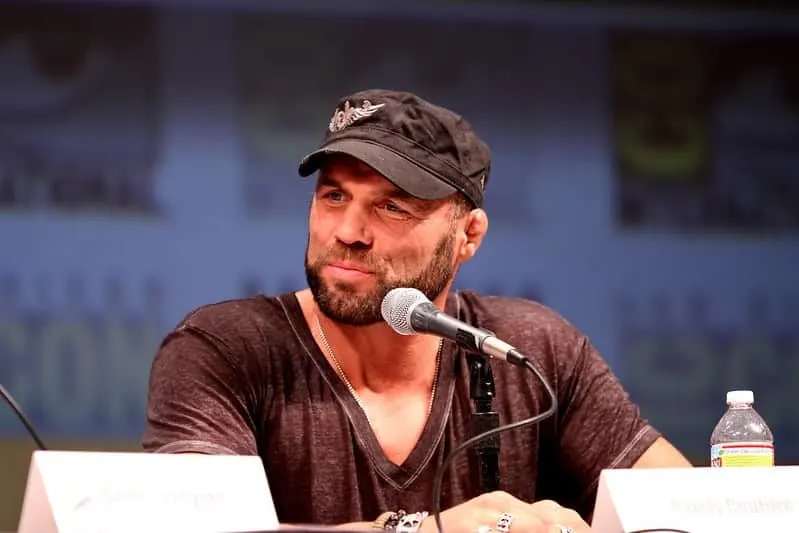
Throughout its history, we have seen many MMA fighters changing the face of the game. Like in any sport, every generation has its own hero; a man responsible for bringing the sport to another level.
The following is a list of fighters who are directly responsible for shaping the modern MMA we know today. Unfortunately, their contributions have been forgotten by many modern MMA fans.
If it wasn’t for their attitude and unique fighting skills, MMA would never become what it is today. Now, let’s look at who were these fighters and why are they most influential.
10. Pedro Rizzo
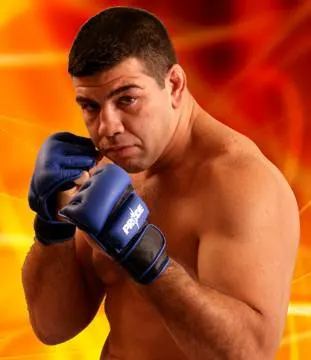
Rizzo was a very skilled kickboxer and one of the most influential MMA pioneers. He had shown us how to properly utilize the leg kicks in MMA fights. At the time, many fighters were not familiar with how to defend against kickboxing techniques such as leg kicks. Thus, many of Rizzo’s rivals were victims of his hard low kicks.
In his long career, Rizzo dealt with the best of the best fighters in the world. He holds notable victories over the legends like Dan Severn, Andrei Arlovski, and Ken Shamrock.
Inside the cage, his kicking technique was also very effective against the wrestlers who tried to take Rizzo down. He was a master at landing hard low kicks to shin area and limiting the movements of his rivals. No matter how big the opponent was, they just couldn’t stay in front of him for too long.
The perfect example is his second UFC fight in which he faced Mark Coleman at UFC 18. Rizzo executed a perfect game plan by using the low kicks to keep Coleman at distance and stop him from scoring a takedown. Nowadays, low kicks are one of the main techniques of every UFC fighter’s game because what Pedro Rizzo had shown us.
9. Tito Ortiz
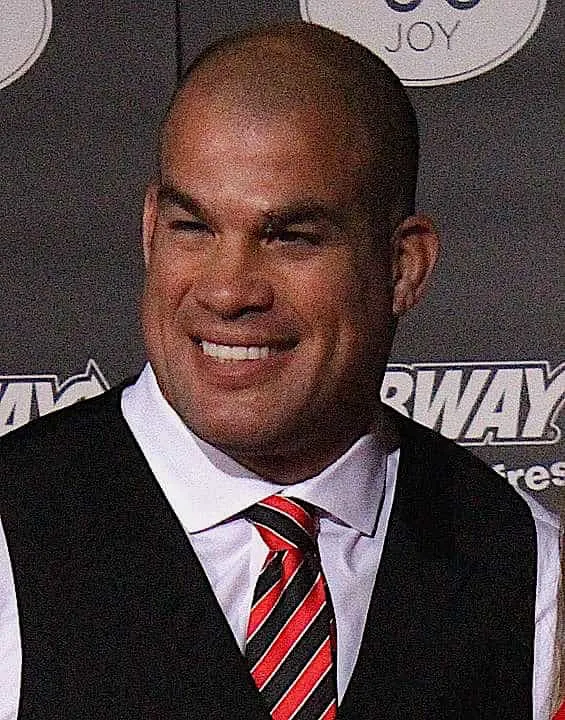
Tito’s contribution to MMA is unrelated to the actual fighting inside the cage. He is largely known as the first bad guy who played that villain role so well.
Early into his MMA career, Tito figured out that you need to play the WWE role in MMA. This way, you can promote yourself above others and enjoy the privileged status.
It’s fair to say that Tito was one of the first fighters to bring that type of entertainment factor into MMA. During the press conferences, Tito didn’t hold back verbally attacking his rivals and showboating. He was a very polarizing person. Plus he played that villain role perfectly. I mean, his trash talk leading up to his fight against Ken Shamrock was pure gold.
As a result, you either liked him or not. But from the business point of view, he was a gold mine. Tito garnered much attention and was able to bring tons of new fans into the UFC and sell more PPV fights.
In some manner, Conor McGregor is Tito’s successor. They both have that unique ability to create a massive hype and deliver inside the cage with the spectacular finishes. Tito was a UFC Champion who backed his talk with his ferocious ground game.
8. Lyoto Machida
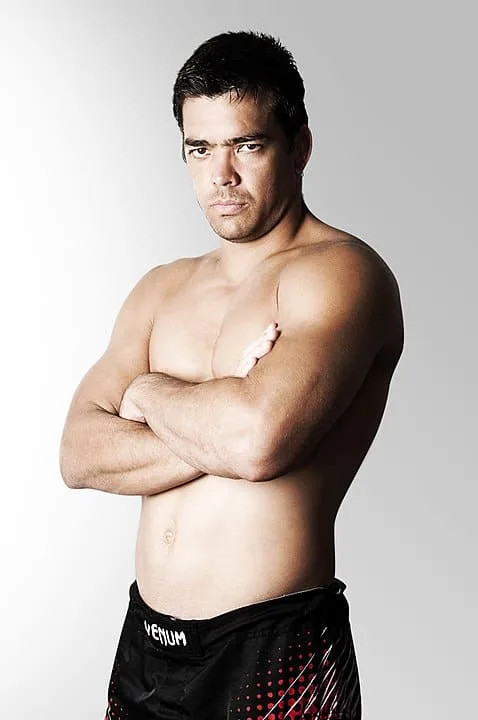
In the early days, many traditional styles proved worthless inside the MMA cage. But, Machida made sure that Karate won’t fall under that category. He showed traditional arts like karate can be very useful in MMA. Moreover, Machida went on to become the UFC champ due to his Karate fighting style.
He was always using his great footwork and lateral movement to stay out of the range. He preferred to quickly close the distance from the outside, and land with high precision and power. While holding his hands low, Machida was always using the low center of gravity to quickly close the distance and escape the dangers.
Thus, he has many great finishes on his record. But the most memorable were the ones in which he knocked his rivals out with brutal Karate front kicks. He managed to execute this kick against Randy Couture and Vitor Belfort.
His Karate style has influenced many modern MMA stars to come in and test their skills inside the cage. In modern MMA, most famous Karatekas are Stephen Thompson and George St. Pierre.
7. Bas Rutten
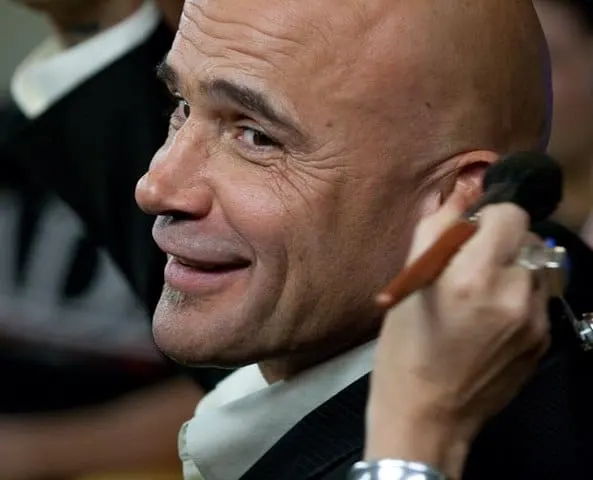
For many people, Bas Rutten is the pioneer of striking in MMA and a forgotten MMA legend by many. His unique style changed how standup fights should be fought in MMA.
Bas started out as a traditional martial artist by mastering Taekwondo and Karate. He was the first one who saw the need for adding other combat styles to his game such as boxing and Muay Thai. That’s why Bas was ahead of its time.
His striking style was a blend of different combat arts. Whether kicking or punching, Bas didn’t depend on one type of striking style. From Karate palm strike to boxing punch in MMA fights, Bas was one of the first to use different combat styles as one style in MMA.
Bas is synonymous with the famous liver shot. All through his entire career, a liver shot was Rutten’s favorite weapon and he popularized its use in MMA. At the time, he was by far the most skilled standup fighter.
Rutten was also the first standup fighter to dominate in the Asian “Pancrase” MMA promotion. His blend of various striking styles was a pure mystery at the time. For instance, he emphasized the wider stance facing the rival in MMA instead of a traditional boxing stance used at the time.
Bear in mind that during the 90s, fighters were mostly specialized in a single martial art. But Rutten was, in fact, one of the first well-rounded fighters because his standup skills were based around various styles.
6. Anderson Silva
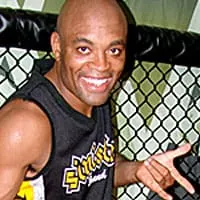
Anderson Silva showed the world how agility can be a great tool in MMA. He had unusual agility that allowed him to avoid just about every attack. He would allow his rivals to step into his range and he used agility to catch them with vicious counter combinations.
In his prime, Silva was an incredible striker as well. He could move in and out very fast and strike from awkward angles. Plus, great agility enabled him to avoid every strike and any dangers inside the cage.
Even the strong wrestlers couldn’t do much against Silva. What’s more, He never had great defensive wrestling skills. But he relied on his agility to quickly avoid the takedown and keep the fight standing. So, most wrestlers had to fight under Anderson’s terms and conditions.
Many fighters try to mimic his style, but it’s very difficult to achieve Silva’s type of agility and timing.
At the time, fighters used to only focus on strength in terms of physical fitness. There was not much emphasis on agility training. But Silva has changed all of this. Fighters now realize there actually needs to be a separate training devoted to improving agility since it allows a fighter to move faster and better.
5. Randy Couture
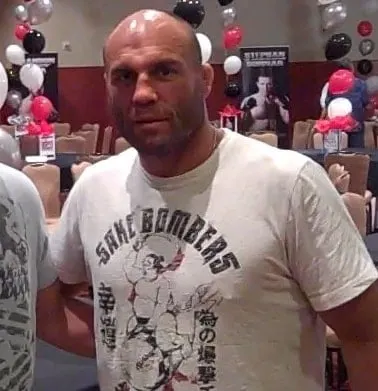
Randy was a brilliant fight strategist. He treated fighting like a game of war where one must have a plan to deal with various situations in a fight.
At the time, many fighters used to go into a fight with pure instincts and without any thoughtful plan whatsoever. But Randy showed you must have a smart plan for each fight. He studied his rivals and tried to figure out their game and how he can win.
He was well aware of his own strengths and weaknesses. So, he always made the game plans around his strengths while minimizing his weaknesses.
When Couture fought new and upcoming Brandon Vera, aging Randy wasn’t supposed to win. He clearly lacked athletic ability to match against Vera. But Couture had a great game plan. Despite being a controversial victory, Randy controlled Vera throughout the fight by clinching and scoring takedowns. He totally neutralized Vera’s movement in that fight.
As boring as this may have seemed, it was a perfect game plan to defeat such a dangerous fighter like Vera.
Rather than going with pure fighting instincts, Randy always had a great game plan that brought him many great victories as seen against Vera. He showed the combination of great skills and smart strategy could bring more success in MMA fights.
He was always able to stay away from receiving much damage and dominate the fight by fighting smarter. That’s why he was able to stay competitive even in his 40s.
Today you see that just about every fighter follows their strategies in their fight just like Randy emphasized. Instead of fighting with instincts, every modern fighter must have a game plan in order to succeed in MMA.
4. Mark Coleman
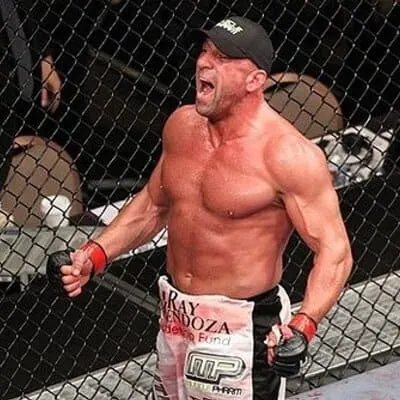
Mark Coleman is a true MMA pioneer and many consider him to be the godfather of ground and pound technique. In the late 90s, Coleman showed the world how effective wrestlers can be on the ground.
He was a former NCAA Division I wrestling champion (1988) and three times Pan American wrestling champion.
With such a background, Coleman was able to score takedowns against any fighter back then. He used his superb takedown skills to wipe out any threat on the feet and secure top position. But instead of holding them on the bottom, Coleman would posture up and land vicious strikes.
At the time, many wrestlers were afraid of taking down the BJJ specialist due to their submission skills from the guard position. But Coleman changed this paradigm by using his wrestling abilities to secure the top position over a BJJ fighter and smother them with a barrage of punches. As a result, most of his BJJ rivals were totally destroyed on the ground by this revolutionary ground and pound technique.
He had an impact on other collegiate wrestlers to join MMA and dominate BJJ fighters in MMA fights. To a certain degree, Coleman gave a blueprint for how wrestlers can dominate MMA.
3. Pat Miletich
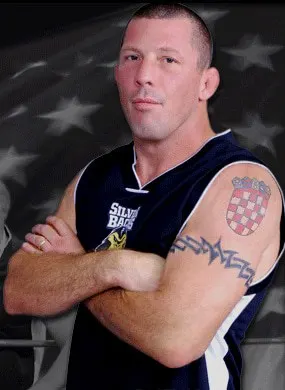
Pat Miletich was a great UFC fighter and champion, but his influence has a different story. As a very smart and innovative person, Miletich changed the way fighters train.
In 1997 he opened the “Miletich Fighting Systems aka MFS” training facility. At the time, MFS was highly advanced and one of the first super camps. It was a camp in which fighters can learn all aspects of MMA.
Despite being a wrestler, Miletich saw the need to create a camp, so the fighters from various styles can train under one roof. At the time, wrestlers would train with wrestlers, and the same was for every style. To master other techniques, fighters needed to travel to other gyms. Thus, MFS was a revolutionary solution and one of the original MMA academies that allowed the fighters to learn all aspects of MMA in a single gym.
Over the years, MFS has trained over 90 elite fighters. The camp also produced some pretty successful champions like Matt Hughes, Robbie Lawler, Jens Pulver, and Tim Sylvia.
When it comes to training systems and methods, Pat Miletich is by far the most influential MMA person. If it wasn’t for him, the big gyms of today like Greg Jackson and the American Top Team wouldn’t exist in the same form.
2. George St. Pierre
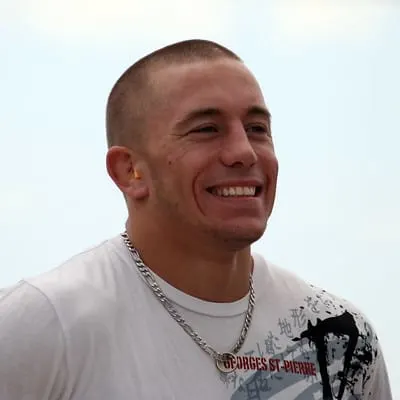
GSP is one of the greatest UFC fighters and truly the most complete fighter in the history of MMA. He is one of those god-gifted fighters who could be great in many martial arts. In MMA, GSP showed the importance of the rounded game.
When GSP lost against Hughes via submission, he improved his BJJ skills with vows never to lose again in a submission. He never had any issues in his BJJ game after that fight and he even won a rematch against Hughes.
The same thing happened against Matt Serra. When GSP lost to Serra via hard TKO, he instantly shifted his focus on improving striking skills. As a result, he came as a much better striker in the rematch against Serra and he defeated him via TKO.
GSP started as a Karate fighter and he never competed in amateur wrestling. But he went on to become a high-level wrestler and a true takedown artist in MMA. Throughout his entire career, he never stopped improving his game by sticking only with what he does the best.
Today, every fighter must be good in all aspects of fighting. Fighters no longer focus mainly on one skillset of fighting. GSP influenced many fighters to really do try to be complete fighters and prepare for every fighting scenario.
1. Royce Gracie
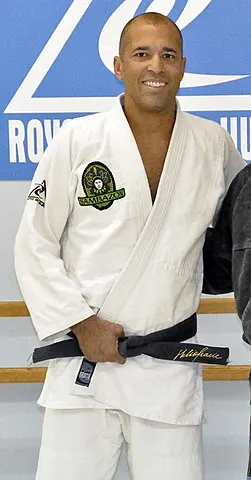
Without a doubt, Royce Gracie is the biggest influencer in MMA history. He introduced the Brazilian jiu-jitsu to the world at UFC 1 and proved it is the most effective style. On that stage, Gracie at just 175 pounds beat the guys who weighed more than 240 pounds.
In fact, Gracie went on to win three of the first four UFC tournaments. He showed that BJJ as a single art could work against any other style in MMA. During his UFC run, he defeated specialists from other styles like boxing and wrestling.
Basically, he submitted anyone UFC had put in front of him and no-one knew how to defend his attacks. People were confused that such a small guy can use this grappling technique to defeat much bigger opponents.
There have been many influential fighters, but Royce’s influence runs far deeper. He showed the world that being undersized doesn’t mean you can’t compete and be a top fighter. Right from the first UFC event, the world became aware of the importance of ground fighting techniques.
Despite the obvious lack of striking skills, Royce went against all odds to fulfill his family’s mission and showed the world the power of BJJ. For many people, he is the father of modern MMA and the reason why MMA and BJJ have exploded in the 90s and still continuing on.
